-
 Bitcoin
Bitcoin $117400
1.88% -
 Ethereum
Ethereum $3867
5.29% -
 XRP
XRP $3.081
2.58% -
 Tether USDt
Tether USDt $1.000
0.03% -
 BNB
BNB $779.7
0.92% -
 Solana
Solana $171.8
2.11% -
 USDC
USDC $0.9999
0.01% -
 Dogecoin
Dogecoin $0.2172
5.80% -
 TRON
TRON $0.3413
1.41% -
 Cardano
Cardano $0.7641
3.06% -
 Hyperliquid
Hyperliquid $39.69
3.62% -
 Sui
Sui $3.731
6.73% -
 Stellar
Stellar $0.4125
3.55% -
 Chainlink
Chainlink $18.23
8.86% -
 Bitcoin Cash
Bitcoin Cash $579.5
1.41% -
 Hedera
Hedera $0.2538
4.02% -
 Ethena USDe
Ethena USDe $1.001
0.00% -
 Avalanche
Avalanche $22.81
2.82% -
 Litecoin
Litecoin $121.7
1.10% -
 UNUS SED LEO
UNUS SED LEO $8.962
-0.33% -
 Toncoin
Toncoin $3.324
2.94% -
 Shiba Inu
Shiba Inu $0.00001263
2.30% -
 Uniswap
Uniswap $10.24
4.95% -
 Polkadot
Polkadot $3.780
3.09% -
 Dai
Dai $1.000
0.03% -
 Bitget Token
Bitget Token $4.432
1.64% -
 Cronos
Cronos $0.1493
3.87% -
 Monero
Monero $256.7
-9.05% -
 Pepe
Pepe $0.00001092
3.99% -
 Aave
Aave $279.0
6.11%
What are the mainstream coins?
The mainstream cryptocurrency market consists of highly recognized and widely accepted coins, including the likes of Bitcoin, Ethereum, and Binance Coin, among others.
Oct 20, 2024 at 03:47 pm
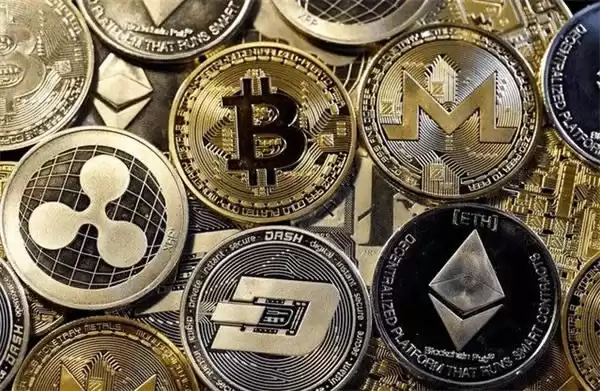
Mainstream Cryptocurrency Coins
Mainstream cryptocurrencies are coins that are widely recognized, accepted, and traded in the crypto market. They typically have high market capitalization, strong liquidity, and a large user base.
Tier 1 Coins
- Bitcoin (BTC): The original and most popular cryptocurrency, known for its decentralization, security, and store of value properties.
- Ethereum (ETH): The second-largest cryptocurrency, known for its blockchain technology that supports smart contracts and decentralized applications (dApps).
- Solana (SOL): A high-speed blockchain with low transaction fees and scalability, optimized for decentralized finance (DeFi) and non-fungible tokens (NFTs).
- Binance Coin (BNB): The native token of the Binance exchange, used for trading fees, staking, and participating in Binance's ecosystem.
- Ripple (XRP): A decentralized payment network designed to facilitate fast and low-cost cross-border transactions.
- Cardano (ADA): A third-generation blockchain with a focus on scalability, security, and developer friendliness.
- Polkadot (DOT): A multichain architecture that connects different blockchains and allows them to interact with each other.
- Polygon (MATIC): A scaling solution for Ethereum, designed to increase transaction throughput and reduce fees.
Tier 2 Coins
Tier 2 coins are smaller than Tier 1 coins but have a significant presence in the market and potential for growth.
- Litecoin (LTC): A peer-to-peer digital currency similar to Bitcoin but with faster transaction times.
- Dogecoin (DOGE): A meme cryptocurrency that gained popularity due to its humorous nature and endorsements from influential individuals.
- Shiba Inu (SHIB): Another meme cryptocurrency that has experienced significant price volatility.
- Tether (USDT): A stablecoin pegged to the US dollar, designed to maintain stability within the cryptocurrency market.
- USD Coin (USDC): Another stablecoin pegged to the US dollar, backed by real-world assets.
Tier 3 Coins
Tier 3 coins are typically more niche and have lower market capitalization and liquidity than Tier 1 and 2 coins.
- Chainlink (LINK): A decentralized oracle network that provides secure and reliable data feeds to smart contracts.
- Uniswap (UNI): A decentralized exchange protocol that allows users to trade cryptocurrencies without intermediaries.
- Aave (AAVE): A DeFi protocol that offers lending, borrowing, and interest-earning opportunities.
- Uniswap (UNI): A decentralized exchange protocol that allows users to trade cryptocurrencies without intermediaries.
- Axie Infinity (AXS): A play-to-earn game built on the blockchain that features collectible creatures called Axies.
Factors Determining Mainstream Status
Several factors contribute to a cryptocurrency's mainstream status:
- Market capitalization and liquidity: Coins with high market capitalization and liquidity ensure stability and ease of trading.
- Network effect: Widespread adoption and usage increase the coin's value and usability.
- Technological advancements: Coins with innovative features and strong fundamentals attract investor interest and market demand.
- Institutional adoption: Acceptance by financial institutions, such as investment funds and hedge funds, lends credibility to a cryptocurrency.
- Regulatory recognition: Clear regulatory frameworks and legal clarity contribute to the legitimacy and mainstream status of a cryptocurrency.
Disclaimer:info@kdj.com
The information provided is not trading advice. kdj.com does not assume any responsibility for any investments made based on the information provided in this article. Cryptocurrencies are highly volatile and it is highly recommended that you invest with caution after thorough research!
If you believe that the content used on this website infringes your copyright, please contact us immediately (info@kdj.com) and we will delete it promptly.
- Pi Coin's dApp and AI Potential: Building a Decentralized Future
- 2025-08-08 02:30:12
- Ruvi AI Takes the Lead: Outshining Dogecoin on CoinMarketCap
- 2025-08-08 02:50:12
- Memecoins, Low-Cap Gems, and the Hunt for 10,000x Gains: What's Next?
- 2025-08-08 02:50:12
- Bitcoin, Greenidge, and Liquidity: Navigating the Crypto Currents in NYC
- 2025-08-08 02:30:12
- Crypto Phishing Alert: $3 Million USDT Loss Highlights DeFi Risks
- 2025-08-08 01:10:12
- Crypto Presale Mania: Is Punisher Coin the High ROI King?
- 2025-08-08 01:10:12
Related knowledge

Where can I buy UMA (UMA)?
Aug 07,2025 at 06:42pm
Understanding UMA and Its Role in Decentralized FinanceUMA (Universal Market Access) is an Ethereum-based decentralized finance (DeFi) protocol design...

What exchanges support buying IOTA (MIOTA)?
Aug 07,2025 at 09:58pm
Understanding the Role of Private Keys in Cryptocurrency SecurityIn the world of cryptocurrency, private keys are the cornerstone of ownership and con...
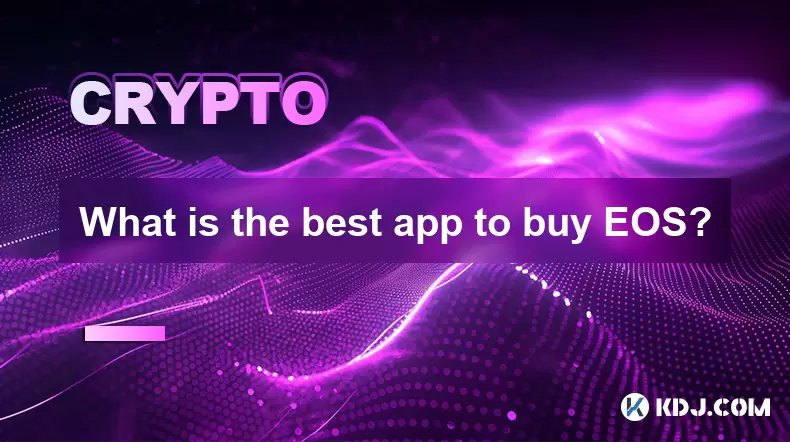
What is the best app to buy EOS?
Aug 07,2025 at 04:35pm
Understanding EOS and Its Role in the Cryptocurrency EcosystemEOS is a blockchain platform designed to support decentralized applications (dApps) with...
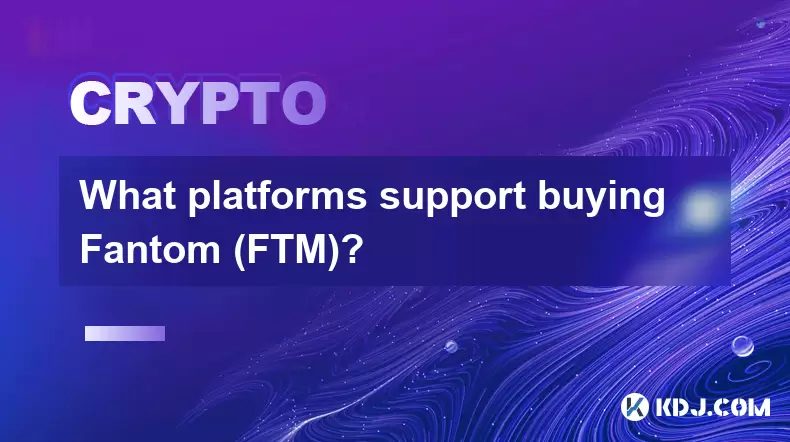
What platforms support buying Fantom (FTM)?
Aug 08,2025 at 01:56am
Overview of Fantom (FTM) and Its EcosystemFantom (FTM) is a high-performance, scalable, and secure layer-1 blockchain designed to overcome the limitat...
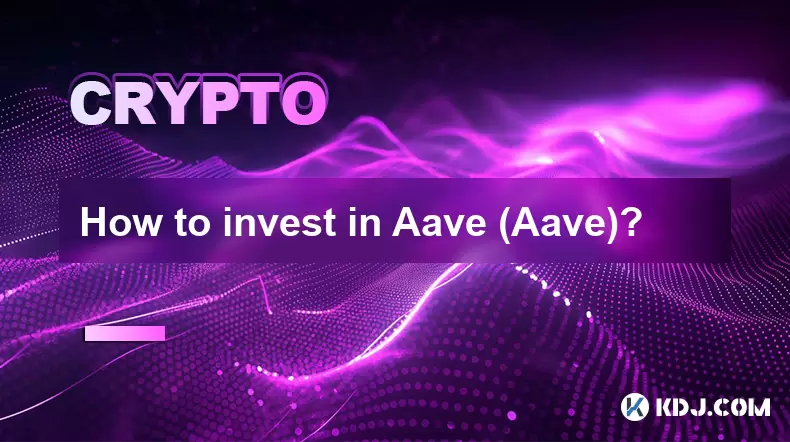
How to invest in Aave (Aave)?
Aug 08,2025 at 01:07am
Understanding Aave (AAVE) and Its Role in DeFiAave is a decentralized finance (DeFi) protocol that enables users to lend, borrow, and earn interest on...
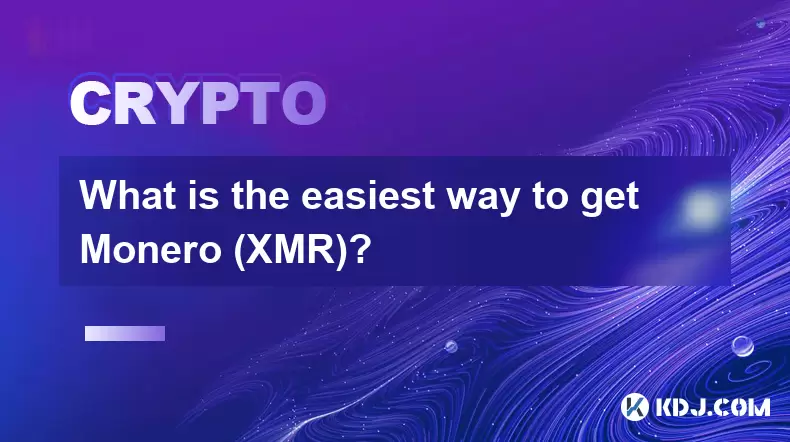
What is the easiest way to get Monero (XMR)?
Aug 08,2025 at 02:56am
Understanding Monero (XMR) and Its Privacy FeaturesMonero (XMR) is a privacy-focused cryptocurrency that ensures complete anonymity in transactions th...

Where can I buy UMA (UMA)?
Aug 07,2025 at 06:42pm
Understanding UMA and Its Role in Decentralized FinanceUMA (Universal Market Access) is an Ethereum-based decentralized finance (DeFi) protocol design...

What exchanges support buying IOTA (MIOTA)?
Aug 07,2025 at 09:58pm
Understanding the Role of Private Keys in Cryptocurrency SecurityIn the world of cryptocurrency, private keys are the cornerstone of ownership and con...

What is the best app to buy EOS?
Aug 07,2025 at 04:35pm
Understanding EOS and Its Role in the Cryptocurrency EcosystemEOS is a blockchain platform designed to support decentralized applications (dApps) with...

What platforms support buying Fantom (FTM)?
Aug 08,2025 at 01:56am
Overview of Fantom (FTM) and Its EcosystemFantom (FTM) is a high-performance, scalable, and secure layer-1 blockchain designed to overcome the limitat...

How to invest in Aave (Aave)?
Aug 08,2025 at 01:07am
Understanding Aave (AAVE) and Its Role in DeFiAave is a decentralized finance (DeFi) protocol that enables users to lend, borrow, and earn interest on...

What is the easiest way to get Monero (XMR)?
Aug 08,2025 at 02:56am
Understanding Monero (XMR) and Its Privacy FeaturesMonero (XMR) is a privacy-focused cryptocurrency that ensures complete anonymity in transactions th...
See all articles

























































































